Mastering the art of repointing darts for different grips significantly improves your accuracy and consistency. This article will cover the essential techniques, explaining how to repoint your darts to perfectly match your grip style, ensuring optimal performance. We’ll also explore related topics to help you elevate your dart game.
⚠️ Still Using Pen & Paper (or a Chalkboard)?! ⚠️
Step into the future! The Dart Counter App handles all the scoring, suggests checkouts, and tracks your stats automatically. It's easier than you think!
Try the Smart Dart Counter App FREE!Ready for an upgrade? Click above!
Before we delve into the specifics of repointing darts for different grips, it’s crucial to understand the importance of proper dart setup. A well-balanced dart that complements your personal throwing style is paramount for achieving consistent scores. This involves considering factors like weight, barrel shape, and, of course, the point. We’ll explore these aspects in detail, equipping you with the knowledge to choose the right components for your setup and how to adapt them to your personal preference. The correct dart setup can make the difference between a frustrating night and a triumphant victory. There’s more to darts than just throwing! We’ll look at dart maintenance, how to choose the best darts for your grip, common problems, and how to fix them.
Repointing Darts for Different Grips: A Comprehensive Guide
The process of repointing darts for different grips requires precision and the right tools. Different grips demand varying levels of point length and shape to optimize comfort and throwing consistency. A longer point might benefit a front grip, whereas a shorter, more compact point suits a rear grip. This guide details the process.
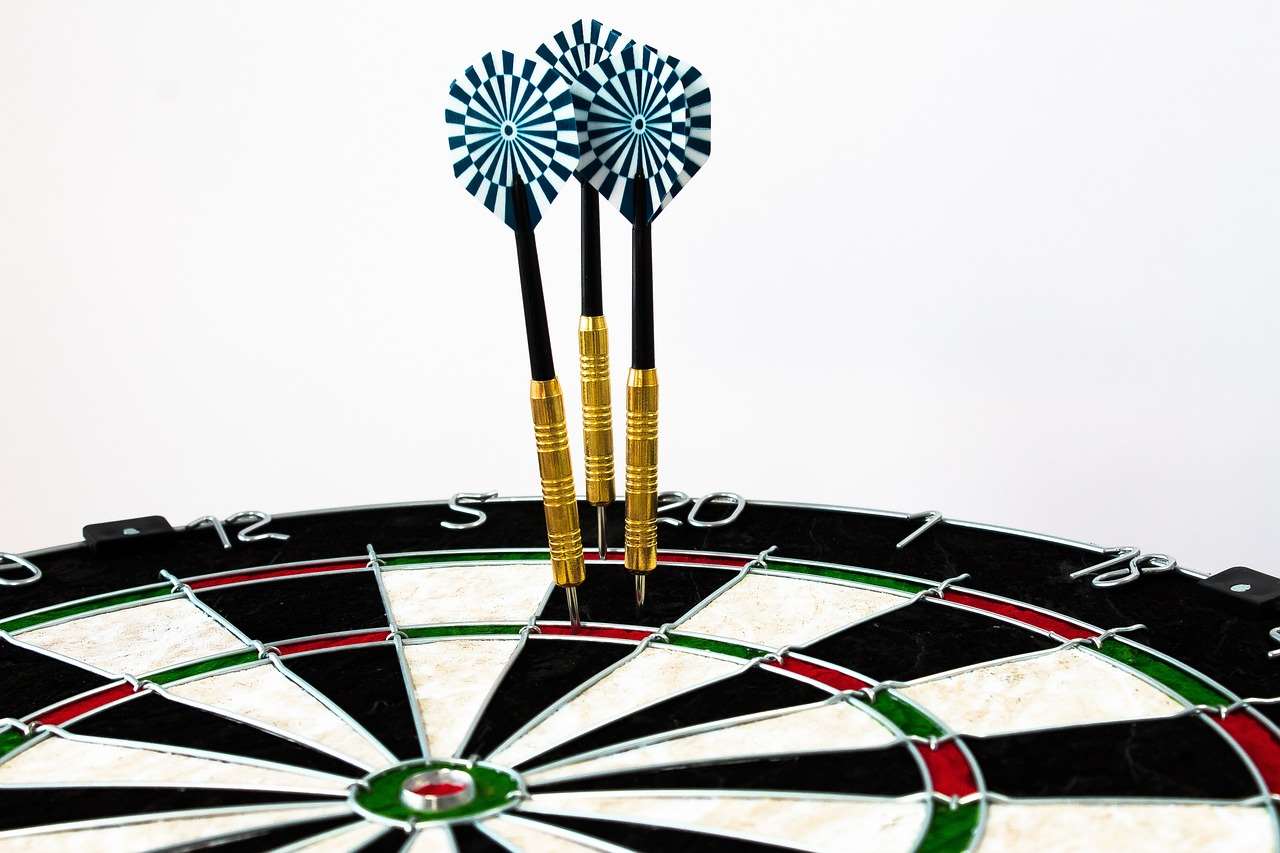
Choosing the correct point style is crucial for dart optimization. Some players prefer longer points for enhanced penetration, while others opt for shorter points for increased control and reduced bounce-outs. Consider experimenting with different point styles to determine which suits your throwing style best. Ultimately, finding the perfect balance between point length, grip style, and personal preference is key to consistent performance. This is a detailed explanation of the essentials involved in repointing darts for different grips.
Understanding Different Dart Grips
Before we get into the practical aspects of repointing, let’s review the most common dart grips:
- Front Grip: This involves holding the dart closer to the point, emphasizing control and precision.
- Middle Grip: Holding the dart in the middle offers a balance between power and accuracy.
- Rear Grip: This grip focuses on power and a more aggressive throw, typically used by players with a stronger throwing style. Consider the weight distribution here; you might need to adjust weight based on how your dart is balanced and where you are holding it.
Understanding how these grips affect your throw is essential to effectively adjusting your points. For example, a rear grip might need a shorter, sturdier point for greater power projection, whereas a front grip might benefit from a longer point that provides deeper penetration. Proper repointing darts for different grips can significantly improve accuracy and reduce bounce-outs. Remember, finding the right dart is a personal journey that should not be rushed.
Tools and Materials for Repointing Darts
Before you begin, gather the necessary tools and materials. You’ll need:
- A selection of dart points of various lengths and shapes
- A suitable dart point removal tool
- A dart point press (optional, but highly recommended)
- A small hammer (if not using a press)
- A flat surface to work on
Investing in a quality dart point press simplifies the process and minimizes the risk of damaging your darts. However, if you’re on a budget, a small hammer and careful technique can work. Always prioritize safety when working with sharp objects.
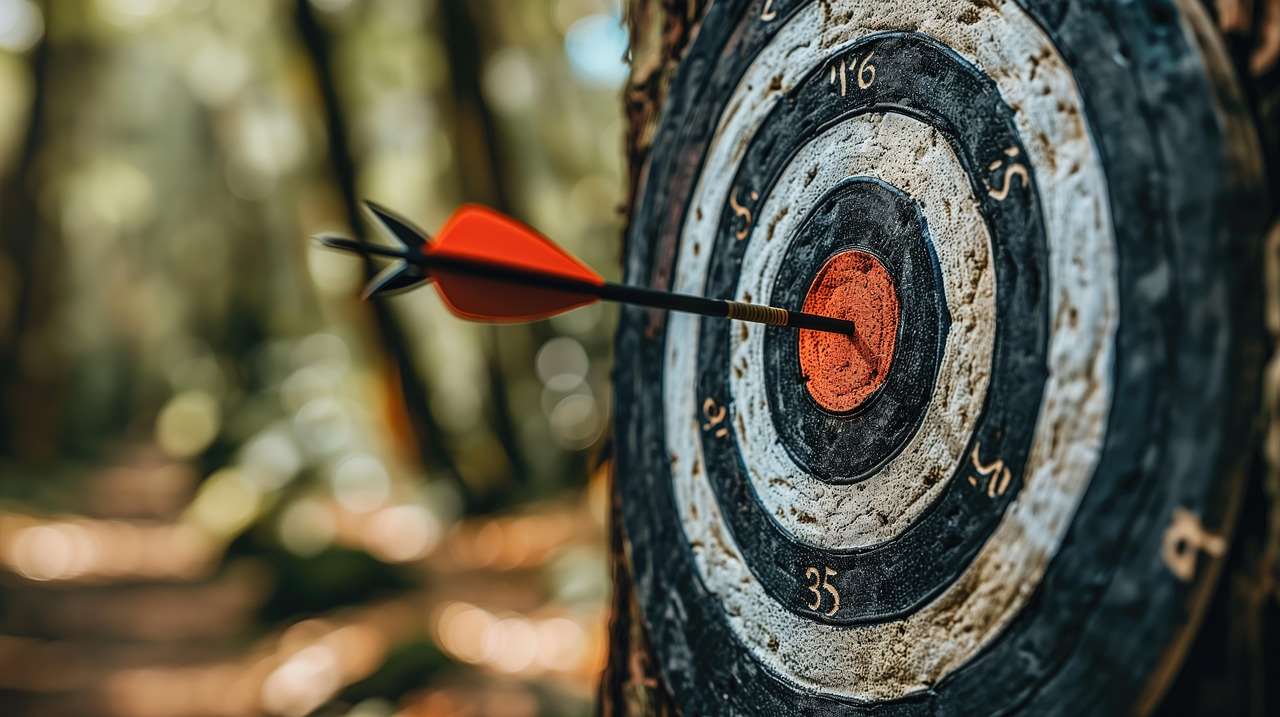
Step-by-Step Guide to Repointing Darts
The process of repointing darts for different grips generally follows these steps:
- Remove the old point: Using your removal tool, carefully remove the old point from your dart barrel. Be gentle to avoid damaging the barrel itself. If using a removal tool is not possible, consider checking our Dart Accessory Replacement Guide for alternatives.
- Select a new point: Choose a point that complements your chosen grip style. Experiment with different lengths and shapes to find what works best. Remember that if you are new to this, trying different points will take time and experimentation.
- Insert the new point: If using a press, carefully align the new point and press it firmly into the barrel. If using a hammer, gently tap the point into place, ensuring it sits flush with the barrel. A poorly fitted point will be noticeable, and you might notice differences in the dart’s flight.
- Test your darts: Once repointed, test your darts to ensure optimal performance and consistent groupings. Practice throws to identify any changes in accuracy or flight behavior. Make notes of your findings so you can easily reference what works and doesn’t.
Remember, practice makes perfect. The more you repoint your darts, the more comfortable and proficient you’ll become. For further advice, check out the online resources at Dart Equipment Troubleshooting Lessons Online
Repointing for Specific Grips
Let’s examine repointing darts for different grips in more detail:
Front Grip
Players with a front grip usually benefit from longer points for deeper penetration and improved accuracy. The longer point helps counteract the closer grip on the dart shaft and barrel, ensuring the dart maintains its trajectory better.
Middle Grip
Middle grips often favor a medium-length point that balances control and power. Experiment with different point lengths here to find the balance for your personal preference.
Rear Grip
Rear grips often call for shorter points for a more direct power transfer. A shorter, sturdier point can minimize the chance of bouncing out and contribute to consistent throws. You may find shorter dart shafts are beneficial too – consult our article on Short Dart Shafts Pros Cons for further information.
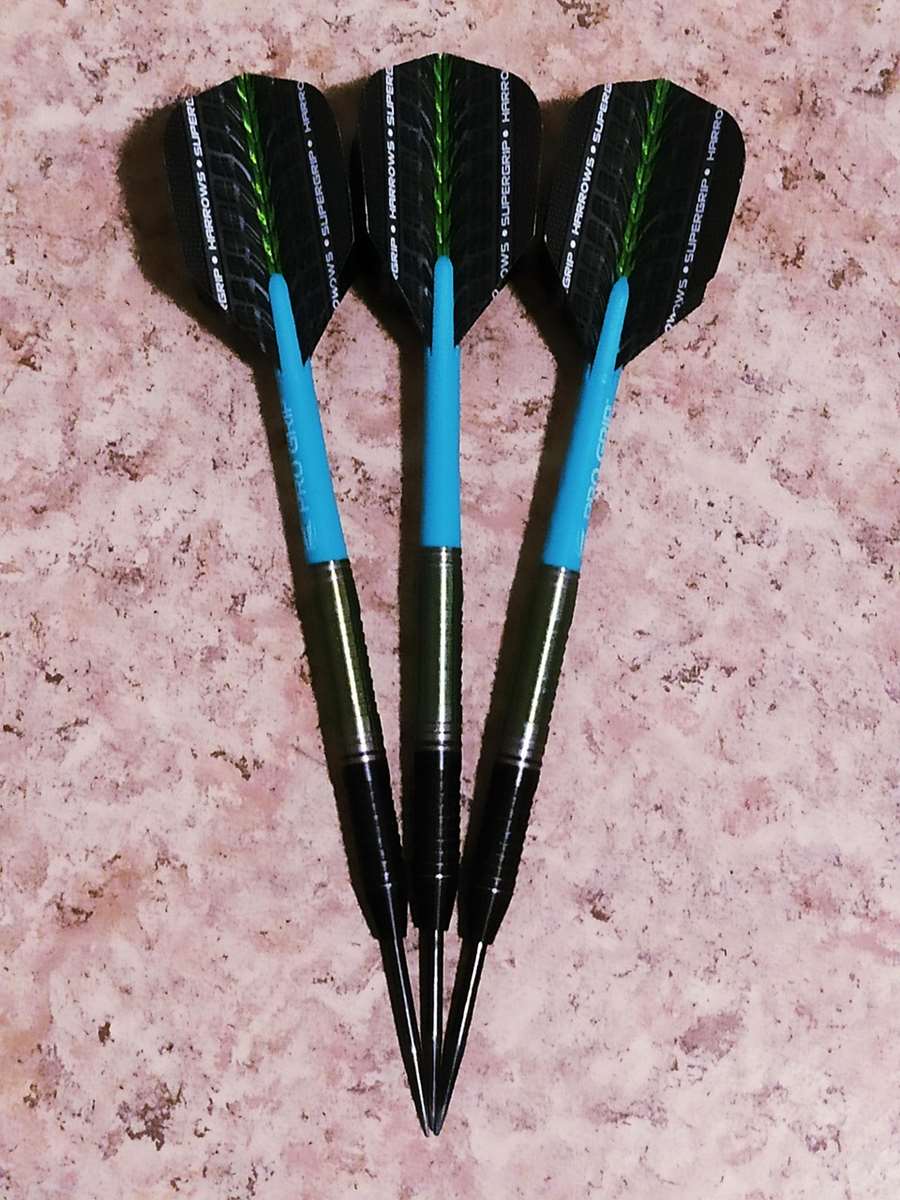
Troubleshooting Common Issues
Sometimes, even with the correct technique, issues can arise. Here are some common problems and their solutions:
- Point not fitting correctly: Ensure you are using the correct size point for your dart barrel. If it is slightly too loose or tight, consider adjusting with a tool or even sanding the barrel slightly.
- Bent points: Bent points are a common issue and can severely impact accuracy. Replace bent points promptly.
- Inconsistent Grouping: This could be due to multiple factors, such as faulty points, issues with your grip, or even problems with the dartboard itself. Systematically check your setup and technique.
For more extensive troubleshooting, check our complete guide: Dart Equipment Troubleshooting Guide Book.
Maintaining Your Darts: A Holistic Approach
Repointing darts for different grips is only one aspect of proper dart maintenance. Regular cleaning and care of your darts will contribute to their longevity and performance. This includes wiping down the barrel after each session to remove any residue or dirt that may impact your grip or balance. A thorough clean every few weeks or months depending on frequency of use is advisable, as is storing darts in a protective case.
Consider investing in personalized flight protectors to further maintain the life of your darts. Maintaining your equipment helps ensure consistent performance, contributing to your overall game enhancement. Looking after your equipment is an important part of becoming a better player. Looking after your equipment is part of the enjoyment of the game. Regular maintenance can help extend their lifetime and improve performance, creating a better, more enjoyable, experience over time.
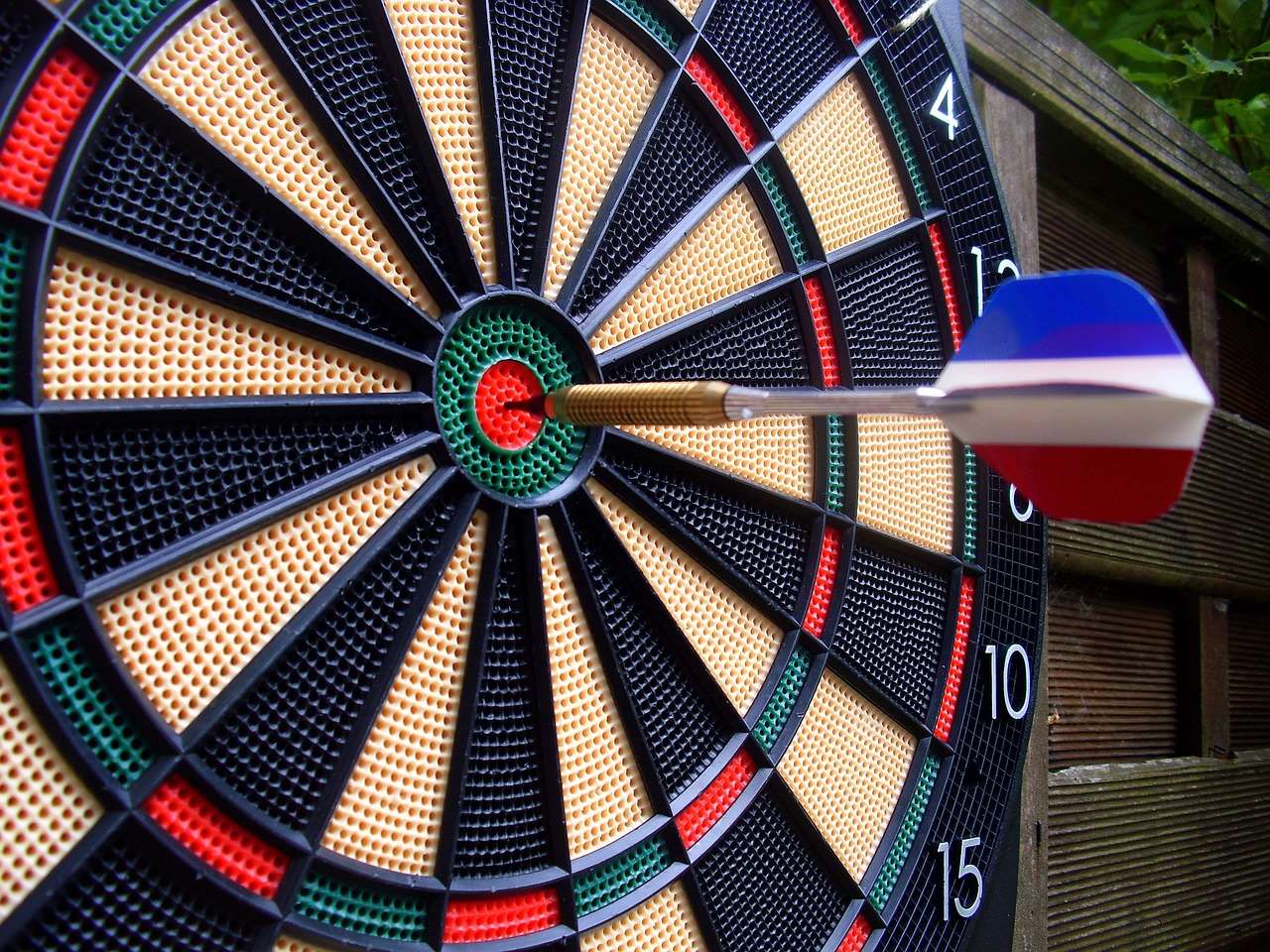
The Environmental Impact of Repointing: Dart Repointing Sustainability
While the process of repointing darts for different grips offers a cost-effective alternative to purchasing new darts entirely, it’s important to consider the environmental impact. Using recycled or sustainably sourced materials whenever possible helps reduce your ecological footprint. You may also consider purchasing replacement parts from companies that engage in eco-friendly manufacturing processes. Remember, even small actions can collectively contribute to preserving our environment. We highly recommend exploring more information at Dart Repointing Sustainability
Beyond Repointing: Enhancing Your Dart Game
Remember, even with perfectly repointed darts, your performance hinges on several other factors, including technique, practice, and overall dart maintenance. Regular practice is essential to improve your accuracy and consistency. Analyzing your throws and identifying areas for improvement is key to unlocking your full potential. Consider regularly reviewing the Dartboard Care Guide Online to ensure you’re getting the best from your setup and maximize the life of your equipment.
Maintaining a well-maintained dartboard contributes immensely to a consistent and enjoyable game. A well-maintained board not only improves your accuracy but also contributes to the longevity of the board itself. A consistent playing surface leads to a more consistent and enjoyable gameplay experience, thus improving the entire playing experience.
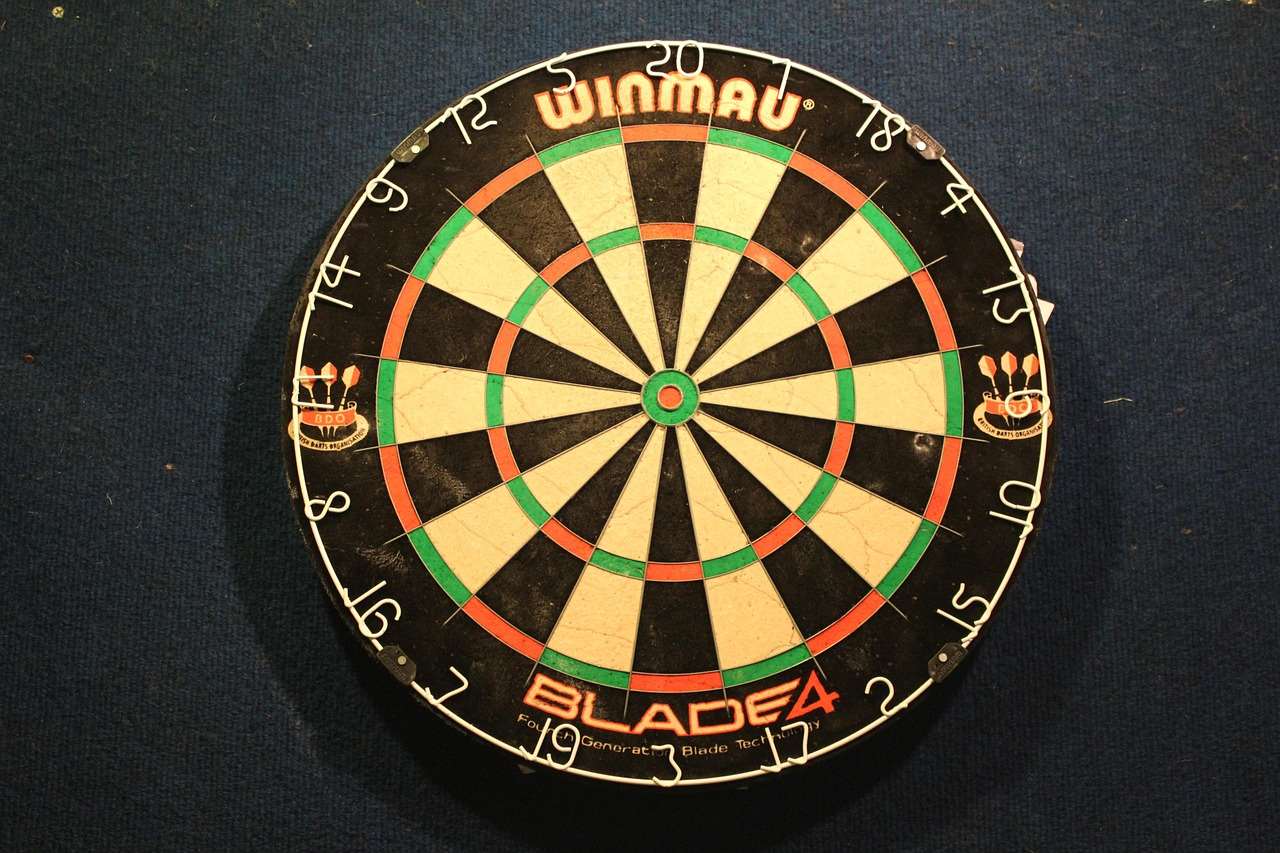
Conclusion
Mastering the art of repointing darts for different grips is a skill that significantly enhances your dart-throwing accuracy and overall game. By carefully selecting the right point style for your grip, following the proper repointing procedure, and maintaining your darts regularly, you can elevate your performance to a new level. Remember that practice and consistent maintenance of your equipment play a crucial role, and don’t hesitate to explore the additional resources we’ve linked throughout this guide to further enhance your dart-playing journey. To discover more about dart culture and community engagement, visit Darts Equipment Maintenance Customization. Happy throwing!
Hi, I’m Dieter, and I created Dartcounter (Dartcounterapp.com). My motivation wasn’t being a darts expert – quite the opposite! When I first started playing, I loved the game but found keeping accurate scores and tracking stats difficult and distracting.
I figured I couldn’t be the only one struggling with this. So, I decided to build a solution: an easy-to-use application that everyone, no matter their experience level, could use to manage scoring effortlessly.
My goal for Dartcounter was simple: let the app handle the numbers – the scoring, the averages, the stats, even checkout suggestions – so players could focus purely on their throw and enjoying the game. It began as a way to solve my own beginner’s problem, and I’m thrilled it has grown into a helpful tool for the wider darts community.